The Lotus Seed Wakizashi not only a sword, but a compact representation of the Buddhist cycle of reincarnation and the Path of Enlightenment as symbolized by the Lotus blossom and its seeds. This Wakizashi is a fine blade on its own, though it pairs well with the matching Lotus Seed Katana as a complete daisho sword pair.
The T10 blade of this Wakizashi has been traditionally tempered to produce a differentially-hardened sword with a keenly hard edge, as belied by its wave-like hamon. Its blackened tsuba, fuchi and kashira hilt fittings depict the seed pod of a Lotus blossom with the seeds individually picked out from the blackened tsuba in contrasting copper. The habaki and seppa are silvered and the wooden tsuka grip was fitted with panels of genuine rayskin before being tightly wrapped in purple tsuka-ito cord complete with silvered menuki laid beneath the folds.
The wood-carved saya scabbard is coated in a glossy, deep purple lacquer; its fittings are polished buffalo horn and a purple and gold sageo cord finalize this matched sword scabbard. A cloth sword bag is included. Linked on this page is a thumbnail to its stylistically matching katana companion sword.
To a Samurai the lotus is far more than a beautiful flower; its life is a physical metaphor for the journey of Enlightenment and the cycle of rebirth. From muck the simple lotus seed stretches through muddy water, breaking through the surface before blossoming in the open air – bold, beautiful and vibrant. In time its own seeds will return to the dark mud below; the cycle begins anew. The Lotus blossom is sacred in Japan, as it is to Buddhism in all lands. Japans Mount Koya is the site of a large Buddhist Temple complex; its location was chosen in a high valley basin surrounded by eight peaks which mirror the tenants of the Noble Eightfold Path.
The fleeting beauty of the Lotus flower and its bold ephemerality between the glorious and humble stages of its life and its relation to Buddhism held great appeal for the Samurai who understood how short and transitory their own lives could often be. The opening passage of the warrior epic The Tales of the Heike pays homage to this reality as accepted by the Samurai:
The sound of the Gion Shoja bells echoes the impermanence of all things; the color of the sala flowers reveals the truth that the prosperous must decline. The proud do not endure, they are like a dream on a spring night; the mighty fall at last, they are as dust before the wind.


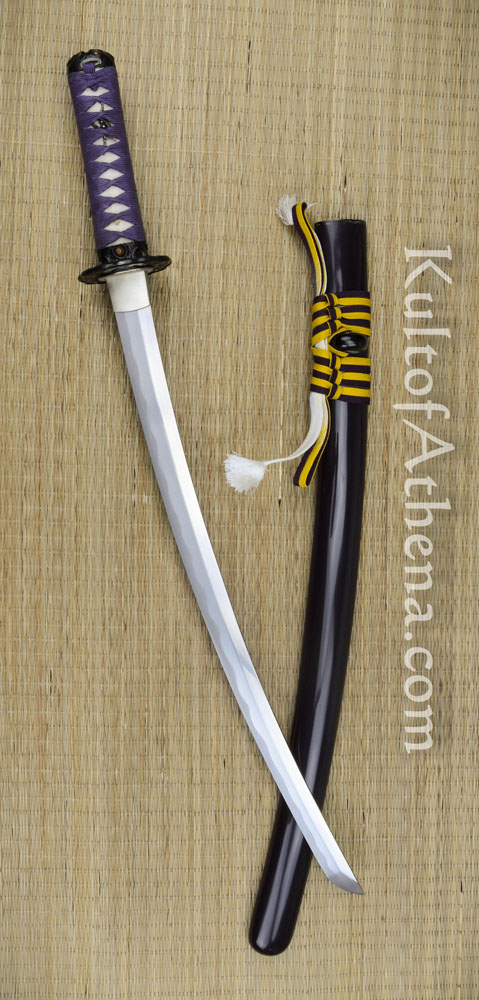
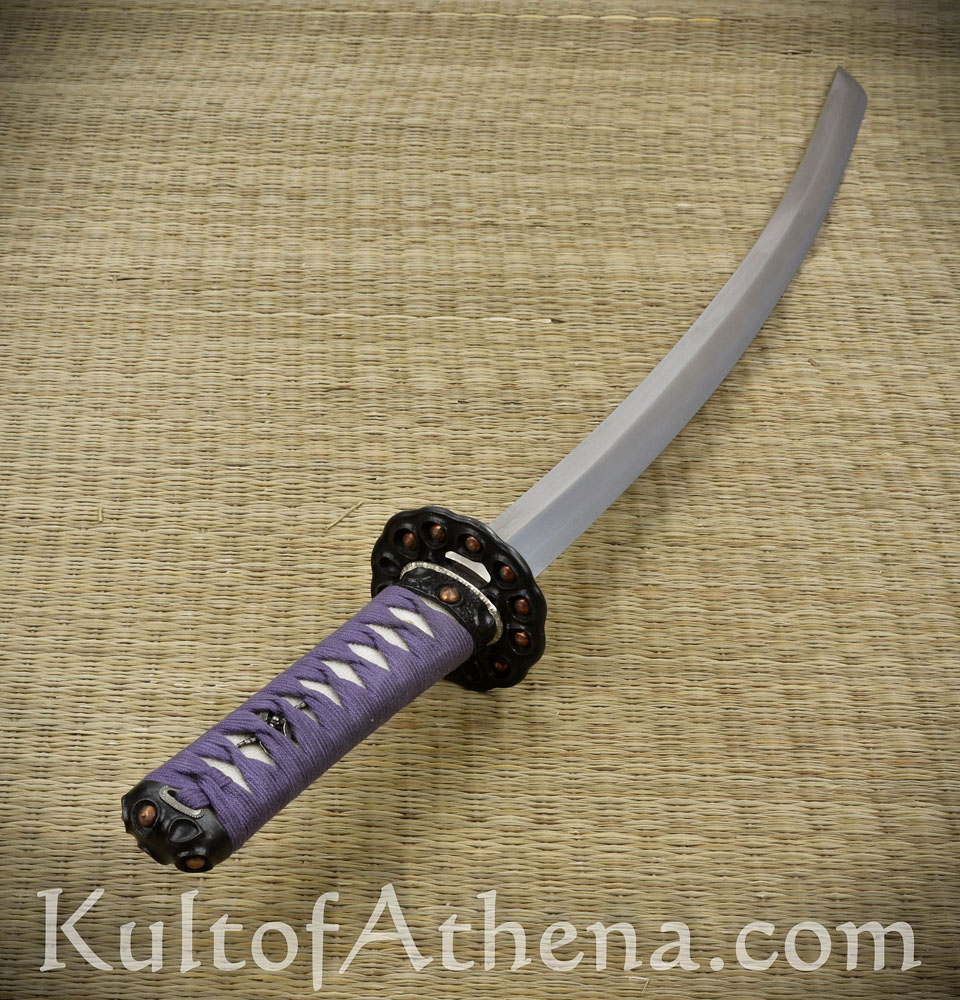

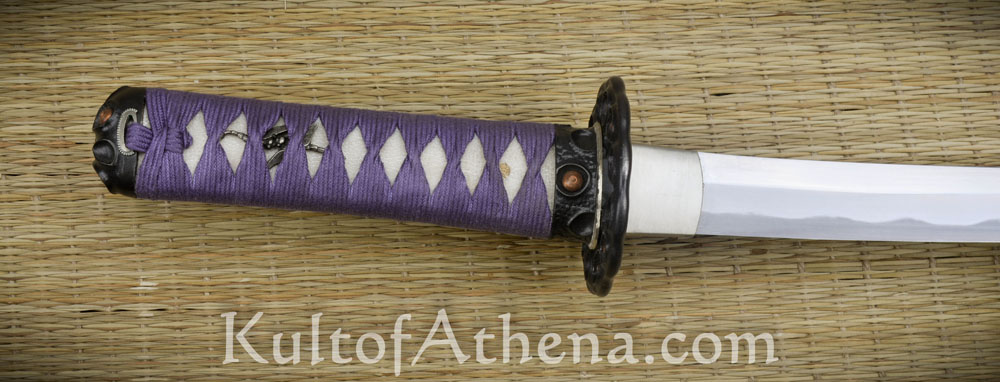
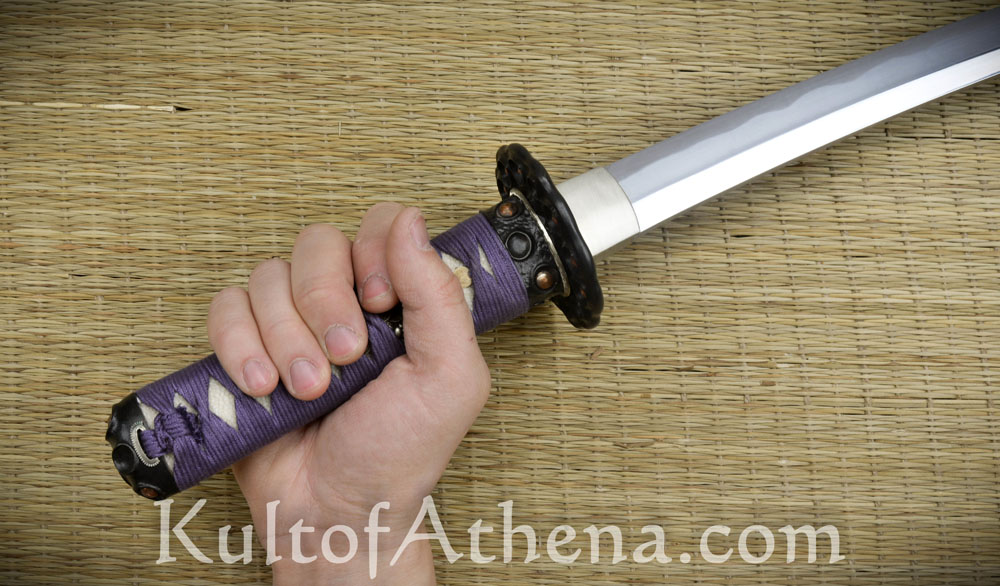
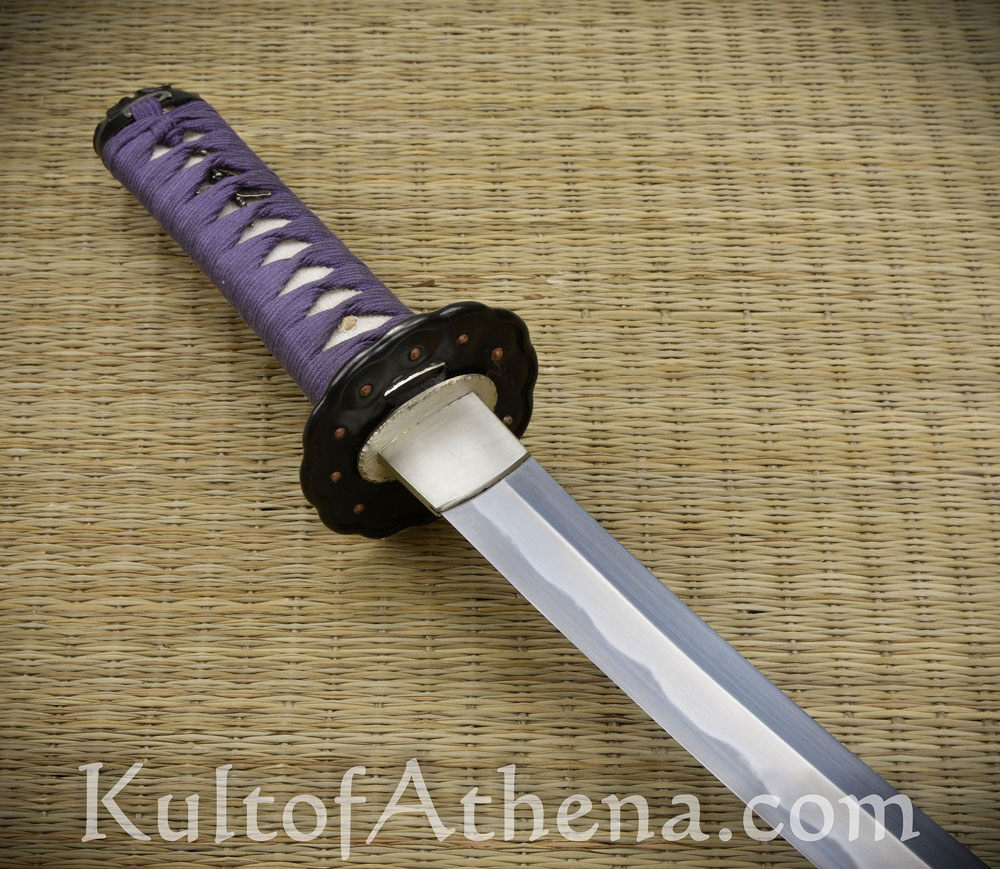
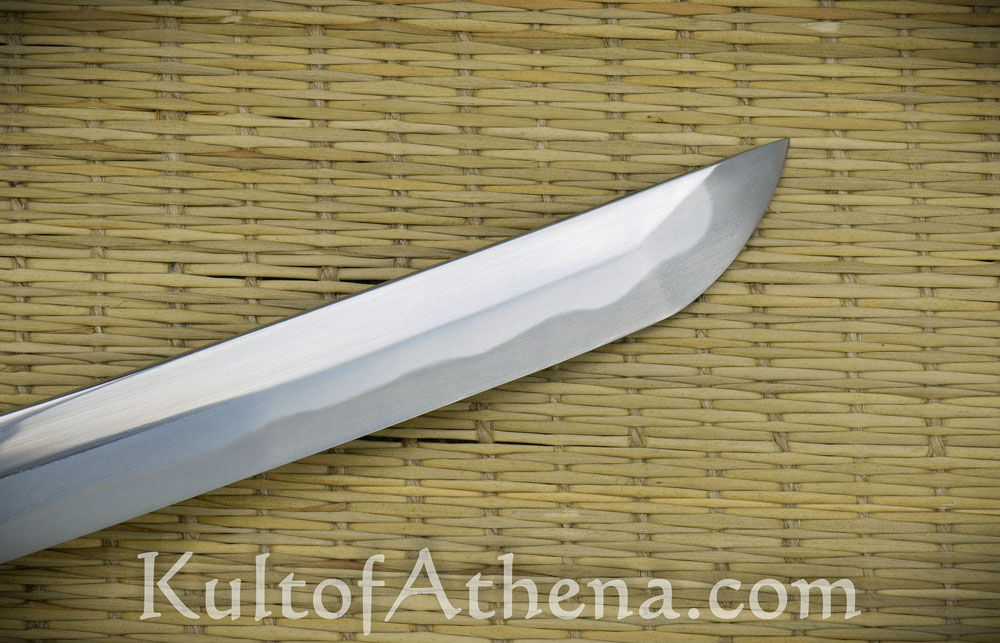
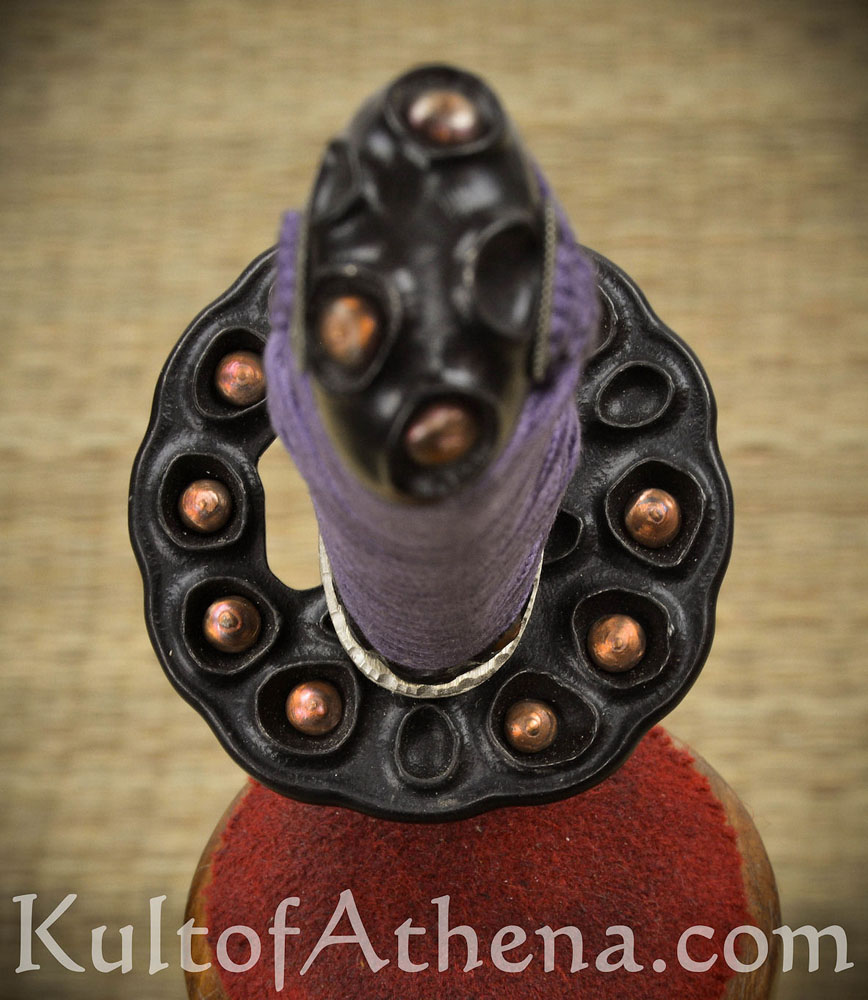

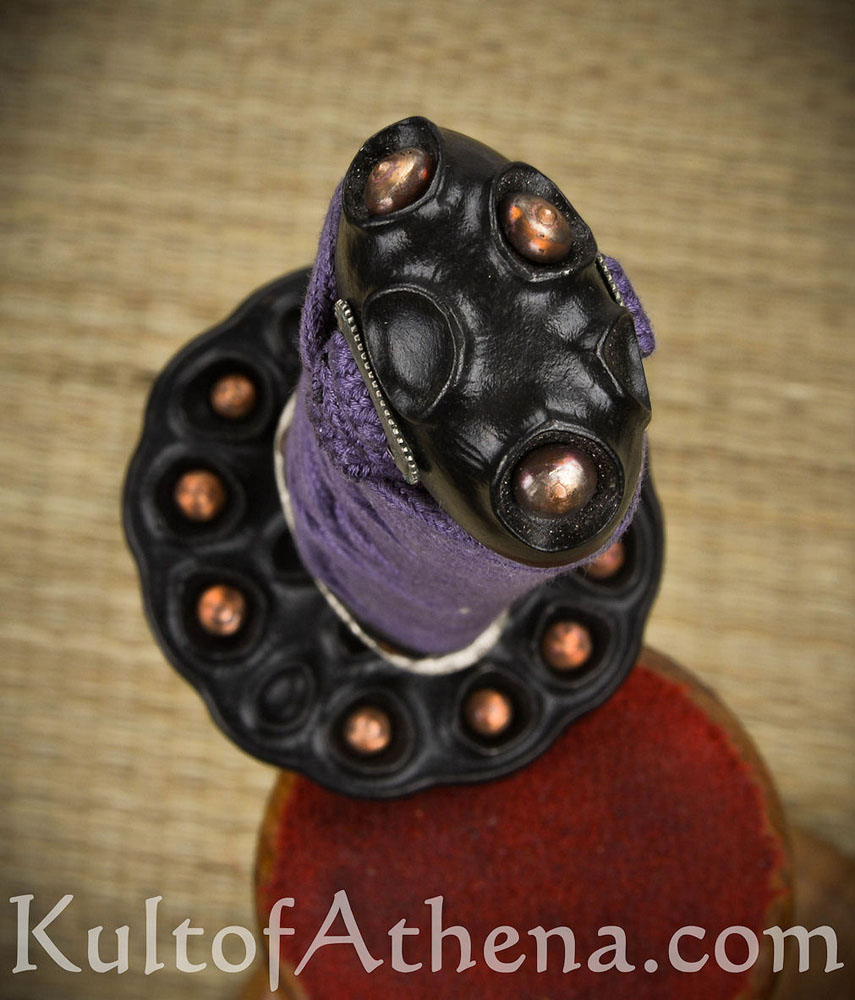
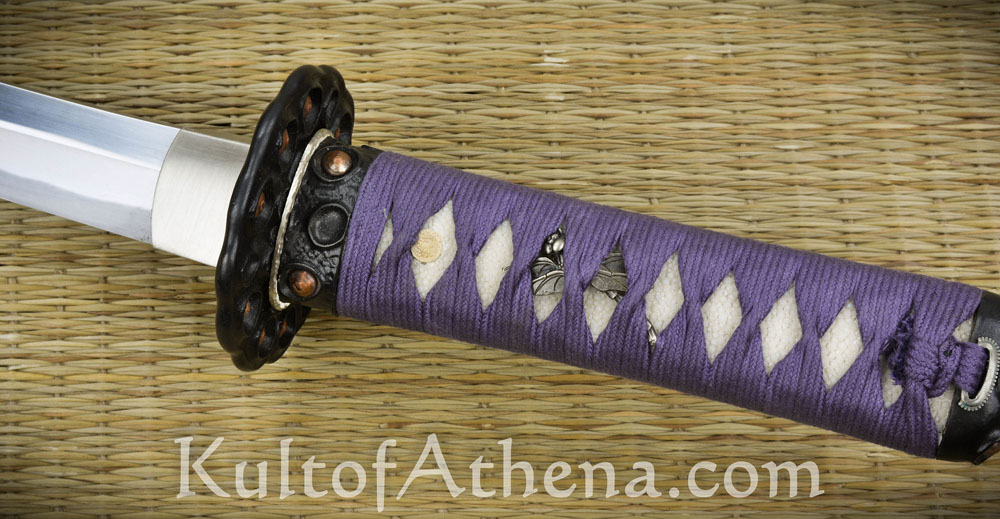
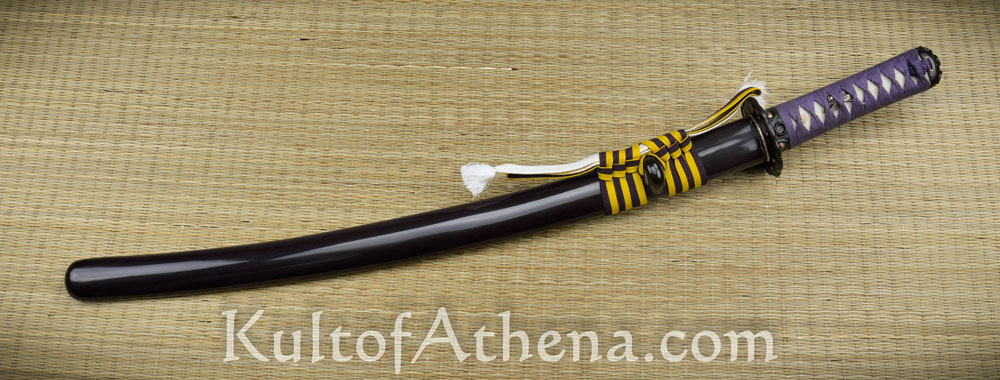
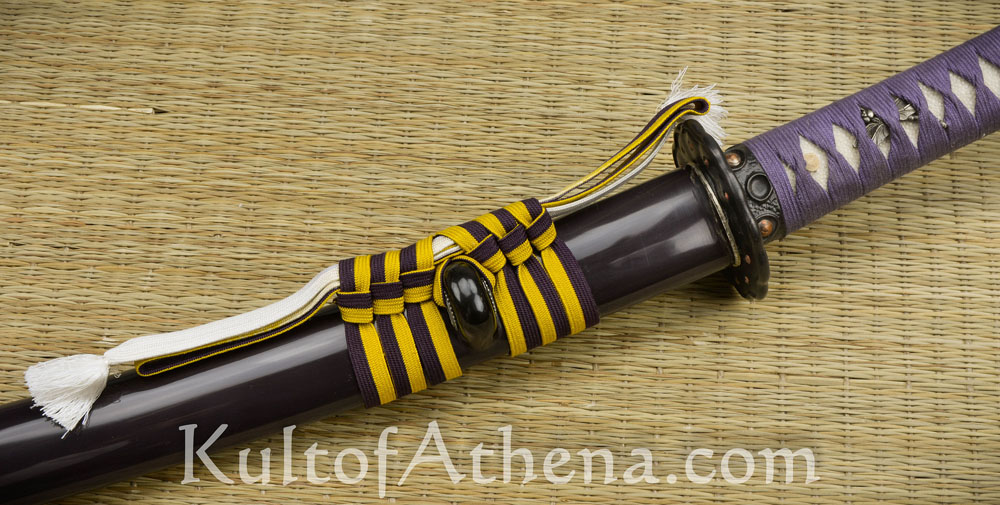

















Reviews
There are no reviews yet.